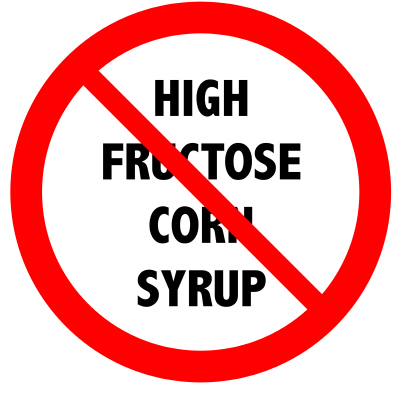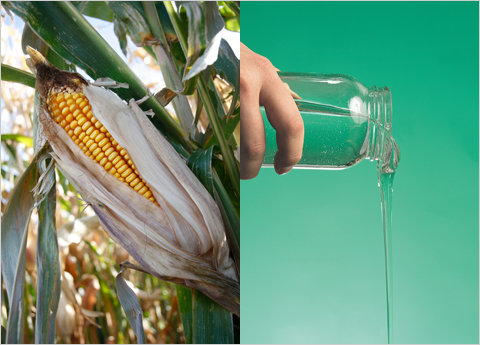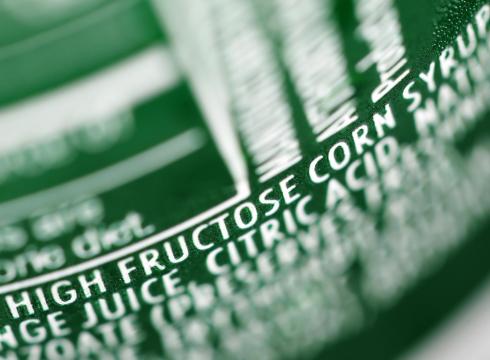As Kyle was waking up from his surgery last Friday afternoon, I was anxious to see how he was feeling and how many funny things he would say while drugged up (is it bad that I took a video of him??).
A bit nauseous post-surgery, the nurse walked in to check on how he was feeling, and mentioned that he should try to sip on something before we left.
What were the options, I asked?
“Seven-Up, Sprite, Gingerale, Pepsi…” she replied.
Seriously. The only option for someone who just had their flesh cut open, cleaned out and repaired (sorry, too graphic?) was SODA. With its highly nutritious phosphoric acid, it surely was the perfect thing to aid in repairing Kyle’s shoulder post-surgery by drawing minerals from his bones to neutralize the acid (sarcasm).
I hid my rage and let Kyle answer in half-slurred words: “Gingerale sounds good.”
A few minutes later, the nurse brought back one of those small cans of Gingerale, and handed it to me to pour into a styrofoam cup.
As the nurse adjusted Kyle’s fluids, I quickly turned the can around and checked the ingredients to confirm my fears.
INGREDIENTS: Carbonated Water, High Fructose Corn Syrup and/or Sugar, Citric Acid, Natural Flavors, Sodium Benzoate (Preservative), Caramel Color.
The second ingredient!!
Was I THAT girl or what? Yup. I couldn’t help but let Kyle know…
“Um, this has high fructose corn syrup, babe. You sure you want to drink it?” (Putting aside the other preservatives, of course).
The nurse looked at me like I just spoke a different language, and Kyle shot me a half-confused glare, as if to say, “Not now, Jules.”
So, against all fibers in me, I poured the glass and gave Kyle the ginger ale to sip.
The nurse turned to me: “Is high fructose corn syrup bad or something?”
With all due respect, this may be evidence that nursing school doesn’t involve many courses on nutrition. I tried to explain its negative nutritional effects in layman’s terms, and realized that there may be a whole gagillion other people that are unaware that they are consuming this toxin on a regular basis.
Hence, this post.
Oh, the highly touted high fructose corn syrup (HFCS) has raised tons of controversy. In fact, the Corn Refiners Association (CRA), the national trade association representing the corn refining industry of the U.S., created a website at www.sweetsurprise.com to answer common questions and concerns related to HFCS.
They also released several commercials, claiming that whether we eat real sugar or “corn sugar,” (or HFCS), “Your body can’t tell the difference.”
[youtube=http://www.youtube.com/watch?v=I1SlBjbG7BQ]
Truly, there is no controversy. At the root, HFCS is a man-made chemical that does bad things to our bodies.
The Low-Down on HFCS
Here’s a quick ‘n dirty on HFCS, beginning with its definition.
“High-fructose corn syrup (HFCS) is a combination of glucose and fructose” (Liska, 21).
At 55% fructose and 42% glucose (or its other form of 42% fructose and 53% glucose), unlike sucrose, which occurs naturally in fruits, HFCS does not occur naturally. As a liquid sweetener, the sugar is made when corn syrup is heated and separated to break the gluten bonds and release the starch and fiber. Then, enzymes are used to reconfigure the structure of the sugars.
Used now in about 40% of sweeteners, it has replaced sucrose (table sugar) sweeteners because it is much cheaper to manufacture.
Between 1970 and 1990, consumption of HFCS increased more than 1000%, and according to studies from the 90’s, the average American adult consumes about 40 grams per day of fructose. The majority (70%) of that is from HFCS.
Let’s do the math.
70% of 40g is 28g, which = about 1/8 of a cup of HFCS each day.
Doesn’t sound like much, but HFCS is potently toxic to the body!
Princeton researchers found that high-fructose corn syrup prompts considerably more weight gain. Psychology professor Bart Hoebel, specializing in the neuroscience of appetite, weight and sugar addiction, states:
“Some people have claimed that high-fructose corn syrup is no different than other sweeteners when it comes to weight gain and obesity, but our results make it clear that this just isn’t true, at least under the conditions of our tests. When rats are drinking high-fructose corn syrup at levels well below those in soda pop, they’re becoming obese — every single one, across the board. Even when rats are fed a high-fat diet, you don’t see this; they don’t all gain extra weight.”
The American Journal of Clinical Nutrition also reports that the increased use of HFCS in the U.S. mirrors the rapid increase in obesity. Ding, ding, ding!
Two hormones, leptin and insulin, are key signals in regulating food intake and body weight. Because fructose does NOT stimulate insulin secretion or enhance leptin production, it may contribute to increased energy intake and weight gain.
Overall, it has been linked to the following issues, amongst others:
- Decrease in metabolism
- Obesity
- Diabetes
- Increase in LDL Cholesterol & Triglycerides
- Fatigue
- Mood swings
- Heart disease
I will warn you, when you start checking labels, you will be shocked. HFCS is in everything! Processed foods, condiments, soda, low fat dressings, canned foods, candy…
In fact, this past 4th of July at my family’s picnic, I found it in a hidden bottle again. Kyle went to make us gin ‘n tonics, and luckily, I checked the bottle of tonic water and found – gasp! – HFCS as the #2 flippin’ ingredient. I stuck to gin/water/lemon instead (so hardcore!).
And ketchup? Sorry to say it, too… Stick to the organic versions or skip the high-sugar condiment altogether. (Minor confession: At one point in my life years ago, I used ketchup as my go-to EVERYTHING condiment. I probably have pounds of HFCS still in my body because of it. Yuck.)
The Take-Aways
So, what’s the ultimate translation to our diets?
Please, please, please! Read labels! You would be so surprised as to how many foods sneak in HFCS, many as the second or third ingredient!
If you stick to whole foods in general (which typically don’t have labels!), you will be limiting your consumption of processed foods, and thus, HFCS.
Stay away from soda, too, and stick to 100% fruit juices over those with added HFCS or other sweeteners.
Finally, when you meet someone that works for the Corn Refiners Association, be wary that they will tell you…
“High fructose corn syrup is made from corn, a natural grain product and is a natural sweetener,”
and that is meets the FDA’s requirements. And,
“There is no scientific evidence that high fructose corn syrup is to blame for obesity and diabetes.”
(See their Myth vs. Facts web page: http://www.sweetsurprise.com/hfcs-myths-and-facts).
Now, you can go ahead and one-up them. Anything that needs to be heated up and mechanically/chemically altered is NOT “natural.”
I’m also curious! What everyday foods have you discovered with HFCS!?
References
High Fructose Corn Syrup. Wikipedia: 12 August 2012. <http://en.wikipedia.org/wiki/High-fructose_corn_syrup>.
Bray, George A., Nielsen, Samara Joy, and Popkin, Barry M. Consumption of High-Fructose Corn Syrup In Beverages May Play a Role in the Epidemic of Obesity. American Journal of Clinical Nutrition, 2004: <http://ajcn.nutrition.org/content/79/4/537.long>.
Liska, DeAnn, et. al. Clinical Nutrition: A Functional Approach, 2nd Edition. The Institute for Functional Medicine, A Nonprofit Educational Organization. Washington, 2004.


